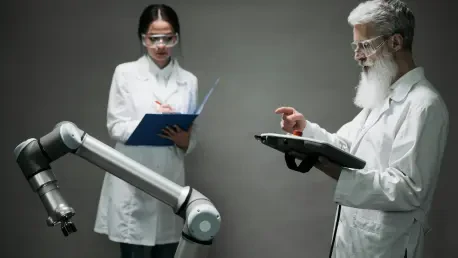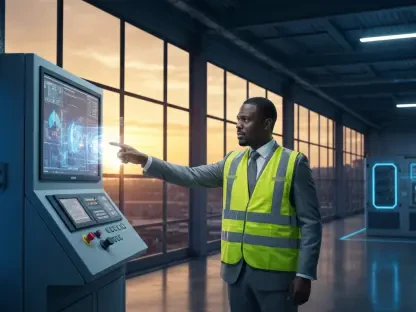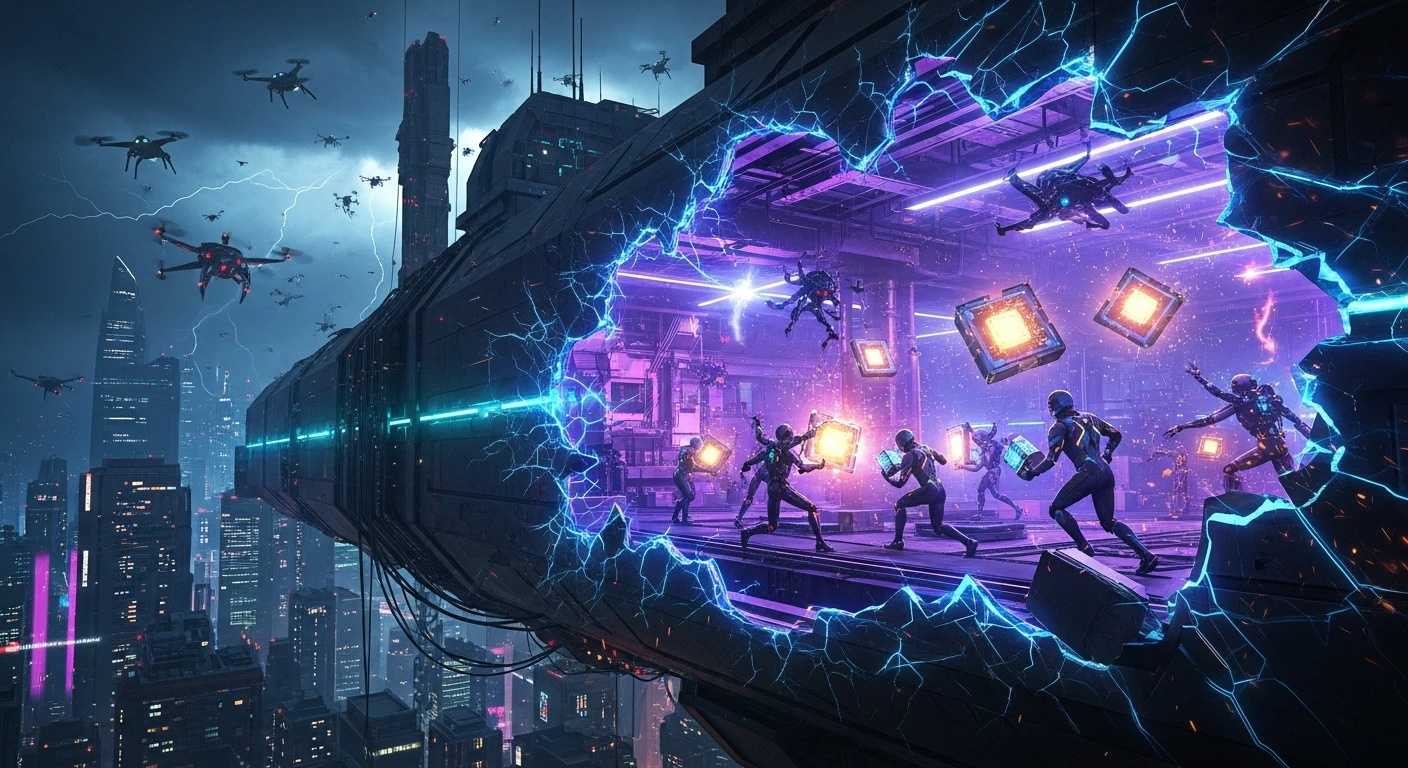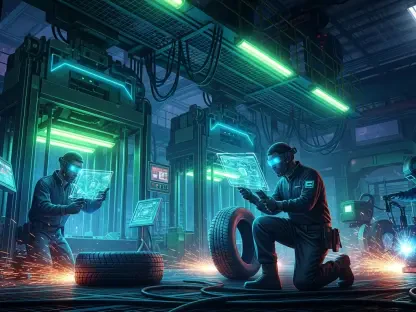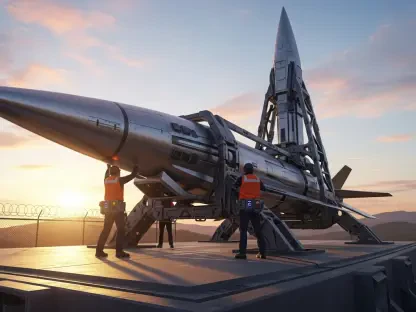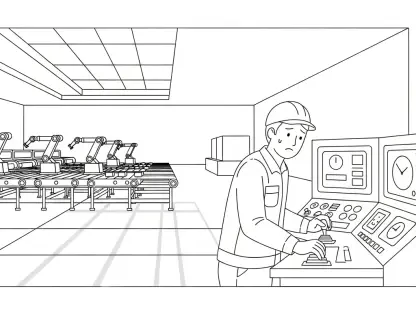Today, we’re thrilled to sit down with Kwame Zaire, a renowned manufacturing expert with a deep focus on electronics, equipment, and production management. As a thought leader in predictive maintenance, quality, and safety, Kwame brings a wealth of insight into how cutting-edge technologies like AI are transforming asset-heavy industries. In this conversation, we’ll explore the groundbreaking advancements in industrial AI, the innovative solutions reshaping maintenance practices, and the real-world impact on sectors like manufacturing and energy. We’ll also dive into the challenges these industries face and how tailored AI tools are paving the way for operational resilience.
How did the concept of integrating AI into critical industries like manufacturing and energy come to life, and what was the driving force behind it?
The idea stemmed from a clear need to address the unique challenges in asset-heavy industries where downtime or failures can have massive consequences. Manufacturing, energy, and similar sectors deal with complex systems, aging infrastructure, and high stakes for safety. The driving force was to move beyond generic tech solutions and create AI tools that truly understand industrial environments. It’s about leveraging AI to predict issues before they happen, ensuring operational continuity, and keeping workers safe. The focus on these industries came naturally because they’re the backbone of our world—keeping power grids running and goods flowing.
What are some of the core strengths that industrial expertise brings to the development of AI solutions for these sectors?
Industrial expertise is everything when it comes to building AI for these environments. It’s about understanding the gritty realities—how equipment behaves under stress, the nuances of maintenance schedules, and the safety protocols that can’t be compromised. This knowledge helps tailor AI to interpret complex data like sensor readings or schematics, which generic tools can’t handle. It also means designing solutions that frontline workers can actually use, without needing a PhD in data science. That practical, hands-on perspective ensures the technology isn’t just innovative but genuinely solves real problems.
Can you walk us through what makes an AI solution like Resolve unique in preventing system failures in industrial settings?
Resolve is a game-changer because it’s built specifically for industrial complexity. It’s not a one-size-fits-all tool; it’s designed to analyze multi-modal data—think video, audio, sensor inputs, and detailed schematics—to predict equipment failures before they occur. This means it can catch subtle signs of wear or malfunction that humans might miss. By optimizing maintenance schedules and ensuring the right technician is matched with the right parts at the right time, it minimizes downtime. It’s like having a super-intelligent assistant that’s always one step ahead, keeping systems running smoothly.
How does a tool like Resolve alleviate the day-to-day burdens for frontline workers in these high-pressure environments?
Frontline workers often juggle a ton of tasks under tight deadlines, and administrative work can bog them down. Resolve tackles this by automating a lot of that grunt work. For instance, it uses voice recognition and automatic transcription to log data hands-free, cutting down on paperwork errors and time spent typing. It also analyzes data to prioritize tasks, so workers aren’t guessing what needs attention first. This frees them up to focus on the actual repairs or maintenance, making their jobs less stressful and more efficient.
What kind of transformation have you seen in maintenance practices at companies that have adopted predictive AI tools?
The shift is night and day. Take a distillery we’ve worked with as an example—before adopting predictive AI, nearly 40% of their repairs were emergency-driven, leading to costly production halts. Now, with tools analyzing data like sound patterns and pressure changes, they’ve moved to proactive maintenance. Issues are flagged early, downtime is slashed, and the projected savings are in the millions annually. It’s not just about money; it’s about keeping operations steady and giving workers confidence that they’re ahead of problems rather than chasing them.
What are the biggest hurdles asset-heavy industries are grappling with today, and how can AI help overcome them?
These industries face a perfect storm of challenges—aging infrastructure that’s prone to breakdowns, supply chain disruptions that delay parts, and increasing pressure to maintain uptime. AI steps in by offering predictive insights, so companies aren’t caught off guard by equipment failures. It can also optimize resource allocation, ensuring parts and technicians are where they’re needed most, even during disruptions. Beyond that, AI helps with disaster recovery, like enabling utility companies to restore power faster by forecasting impact zones. It’s about building resilience into every layer of operations.
Why do standard consumer-grade AI tools often fall short in industrial contexts, and how does specialized AI bridge that gap?
Consumer-grade AI is built for broad, low-stakes tasks—think chatbots or personal assistants. Industrial environments are a different beast; they involve intricate systems, high-risk outcomes, and data that’s far more complex. Standard tools lack the depth to handle things like plant schematics or real-time sensor analytics. Specialized AI, on the other hand, is engineered for these challenges. It’s trained on industrial data, prioritizes safety, and integrates seamlessly into workflows that demand precision. That’s the gap it fills—making AI not just usable but indispensable in these settings.
Looking ahead, what is your forecast for the role of AI in asset-heavy industries over the next decade?
I believe AI will become the backbone of operations in asset-heavy industries within the next ten years. We’re already seeing it shift from a nice-to-have to a must-have for predictive maintenance and operational efficiency. As the technology matures, I expect it to penetrate deeper into areas like supply chain optimization and workforce training, while also becoming more intuitive for everyday users. The focus on safety and responsibility will only grow, ensuring AI remains a trusted partner. Ultimately, it’s about creating systems that are smarter, safer, and more sustainable for the industries that keep our world running.
